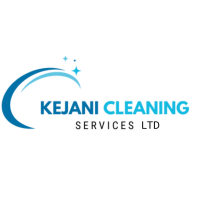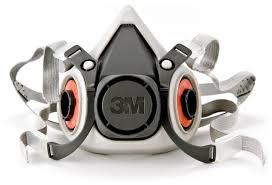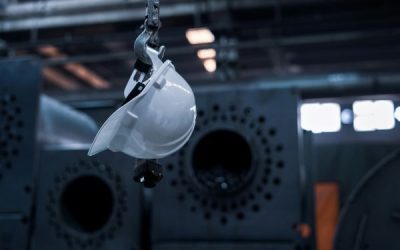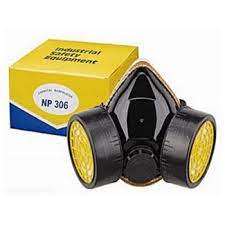Exposure to hazardous fumes is a serious occupational hazard across industries such as cleaning, manufacturing, construction, agriculture, and healthcare. Fumes from chemicals, paints, solvents, and cleaning agents can cause respiratory issues, skin irritation, and even long-term organ damage if not handled properly. This is where Personal Protective Equipment (PPE) becomes essential.
In this post, we’ll explore the different types of PPE used for protection from fumes, their applications, how to choose the right gear, and tips for proper usage.
What Are Fumes?
Fumes are fine particles and gases released into the air from processes such as:
-
Welding and soldering
-
Chemical reactions (e.g., cleaning agents, pesticides, disinfectants)
-
Industrial exhaust
-
Combustion of organic/inorganic materials
Unlike dust, fumes are often microscopic, can be toxic or corrosive, and are easily inhaled, making respiratory protection a top priority.
Why Is PPE for Fumes Important?
Inhalation of fumes can lead to:
-
Short-term symptoms: Coughing, dizziness, headaches, throat irritation
-
Long-term health risks: Asthma, lung disease, neurological disorders
-
Chemical burns or skin irritation from corrosive fumes
-
Eye damage due to toxic vapors
OSHA, NIOSH, and other safety bodies recommend PPE as a first line of defense alongside ventilation and administrative controls.
PPE Used for Protection from Fumes
Here are the main types of PPE for fume protection:
1. Respiratory Protection Equipment
This is the most critical PPE for fume exposure.
a) Half-Face Respirators
-
Cover the nose and mouth
-
Equipped with chemical cartridge filters for specific fumes (e.g., organic vapors, acid gases)
-
Ideal for medium-risk environments like spray painting or pesticide application
b) Full-Face Respirators
-
Protect the entire face, including eyes
-
Used when fumes are corrosive or irritating to the eyes
-
Offers a higher level of protection than half-face respirators
c) Powered Air-Purifying Respirators (PAPRs)
-
Battery-powered units with filtered airflow
-
Reduce breathing resistance, increasing comfort during long hours
-
Used in high-risk industrial or healthcare environments
d) Disposable Respirators (e.g., N95, P100)
-
Effective for low-level exposure
-
Common in light construction, domestic cleaning, or healthcare
🧠 Important: Always select the right filter cartridge (e.g., organic vapor cartridge, acid gas cartridge) for the specific fumes you’re exposed to.
2. Eye and Face Protection
Fumes can irritate or damage the eyes, especially in high concentrations or chemical exposure.
a) Safety Goggles
-
Seal around the eyes to block out gas vapors or splashes
-
Often indirect-vented or chemical splash-resistant
b) Face Shields
-
Used alongside goggles or respirators
-
Protect against splashing chemicals and corrosive vapors
3. Protective Clothing
Skin contact with fumes can lead to irritation or chemical burns.
a) Coveralls / Chemical-Resistant Suits
-
Made from materials like Tyvek, PVC, or polypropylene
-
Prevent fumes from settling on or penetrating clothing
b) Aprons and Sleeves
-
Used in cleaning, laboratory, or industrial chemical handling
-
Ideal for localized exposure protection
4. Hand Protection
Fumes can settle on surfaces and contaminate hands.
a) Chemical-Resistant Gloves
-
Made from nitrile, neoprene, butyl rubber, or latex
-
Each material is resistant to specific chemical classes (e.g., nitrile for solvents, butyl for ketones)
Always consult the chemical resistance chart when selecting gloves for fume-heavy environments.
5. Footwear Protection
In industrial environments, fumes and chemicals can settle on floors.
a) Chemical-Resistant Boots
-
Made from PVC or neoprene
-
Protect against both liquid chemical spills and gas absorption
Selecting the Right PPE for Fume Protection
Here are key considerations when choosing PPE:
| Factor | Recommendation |
|---|---|
| Type of fume | Identify the chemical and its concentration |
| Exposure duration | Longer exposure may require full-face respirators or PAPRs |
| Work environment | Confined spaces may need additional ventilation |
| Fit and comfort | Ensure proper PPE sizing and adjustability |
| Compatibility with other PPE | Choose gear that works together (e.g., respirator + goggles) |
Always conduct a risk assessment and consult the Safety Data Sheet (SDS) for the chemicals involved.
How to Properly Use Fume Protection PPE
-
Inspect before use – Check for cracks, leaks, or wear
-
Fit test respirators – Ensure a tight seal around the face
-
Wear PPE in the right order – Start with clothing, then respirator, goggles, gloves, boots
-
Decontaminate and store properly – Don’t bring contaminated PPE into clean areas
-
Train all users – Staff should know how to wear, remove, and maintain PPE
Final Thoughts
Protecting yourself from hazardous fumes is not just a matter of comfort — it’s a critical health and safety requirement. Whether you work in a cleaning company, lab, factory, or construction site, proper PPE can mean the difference between safety and long-term health issues.
At Kejani Cleaning Co., we offer a range of high-quality PPE suited for fume protection in both industrial and domestic environments.





0 Comments